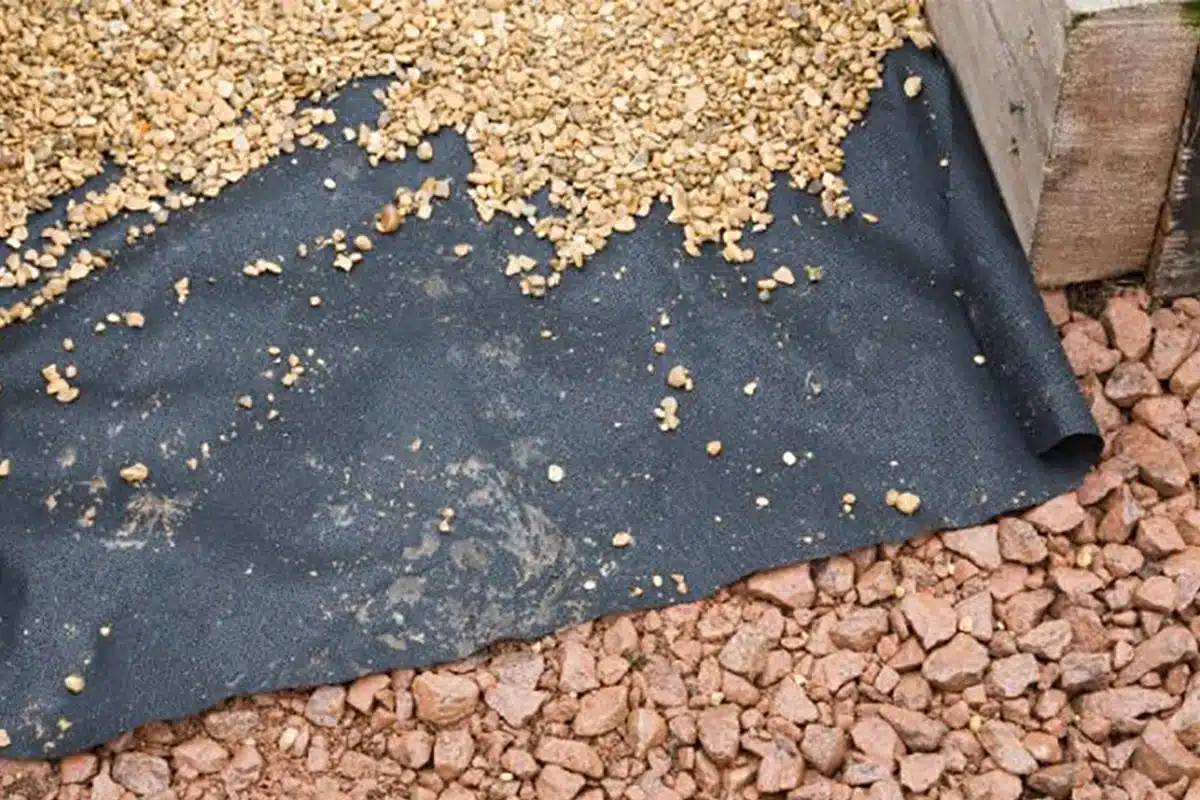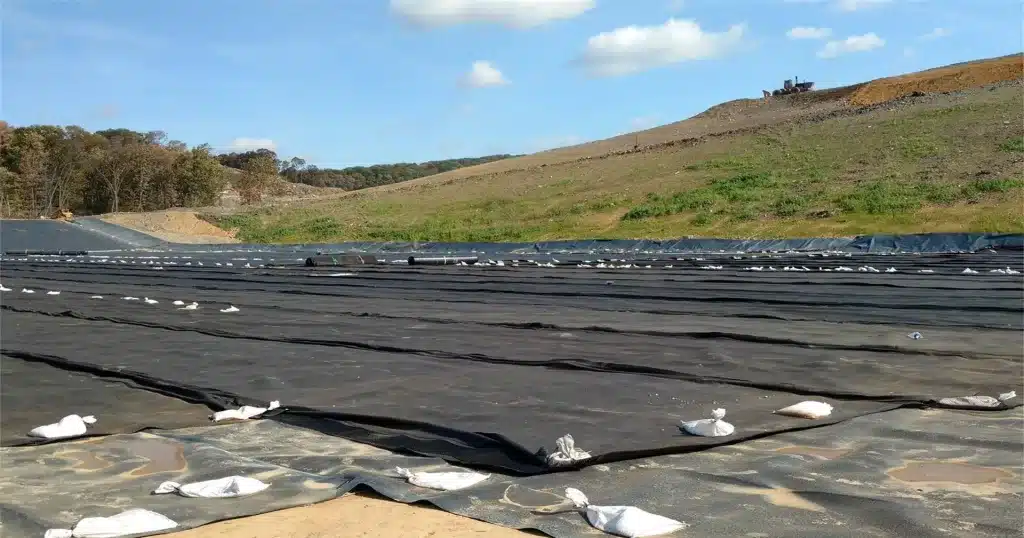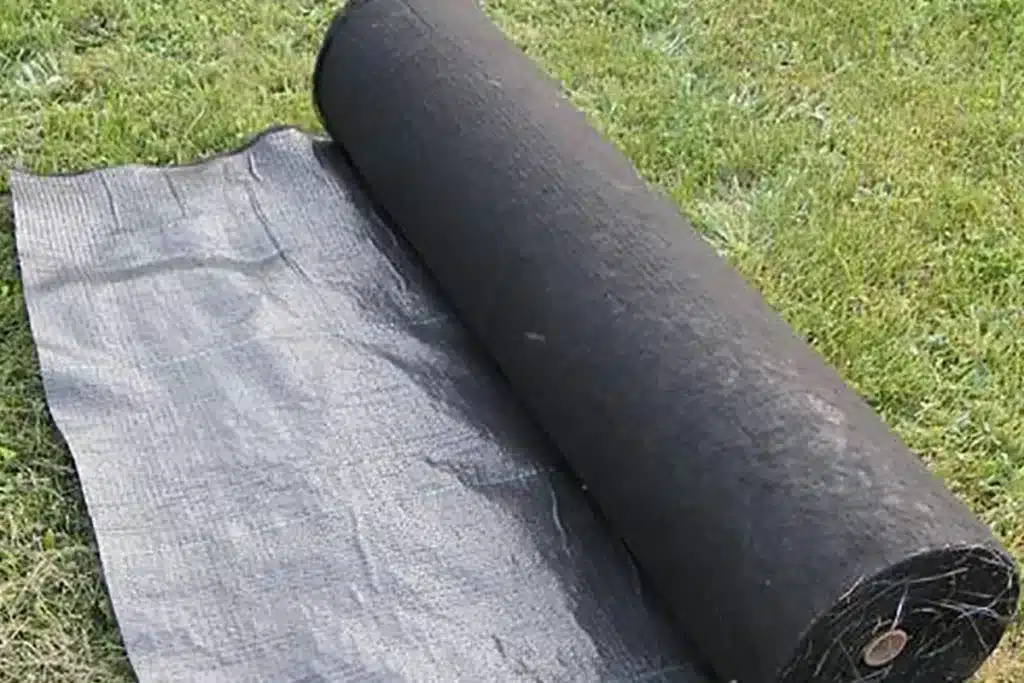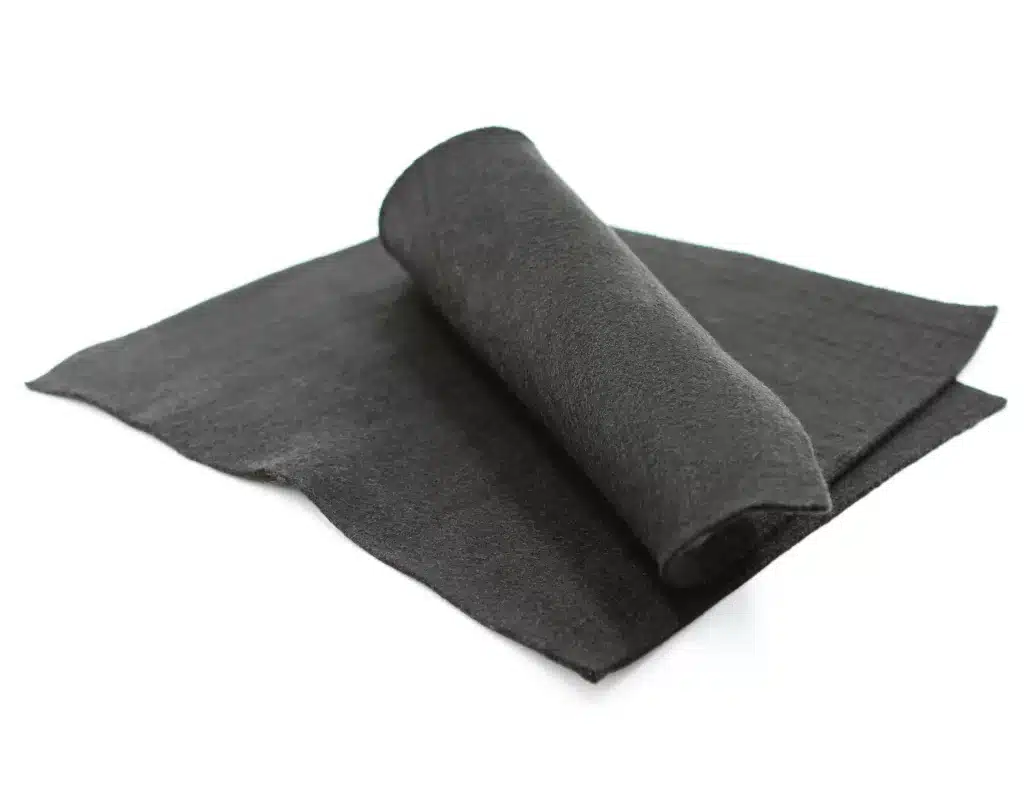+86-159 9860 6917
info@geofantex.com
geofantex@gmail.com
+86-400-8266163-44899
Avoiding mistakes during geotextile fabric installation can significantly enhance your final project outcome. Today, geotextile fabrics are highly sought after and are consistently utilized on active construction sites. This technology serves to separate soil layers, a capability that did not exist just 80 years ago. By 2018, the global market for geotextiles had reached $4.1 billion and continues to gain popularity. It is projected that this market will grow at an annual rate of 12.1% through 2025.
The remarkable growth of the geotextile market can be attributed to the effectiveness of these products. The adoption of this advanced technology has become a recognized standard required by government bodies, specified by design consultants, and routinely utilized by contractors, municipalities, and property owners.
Geotextile Fabrics
When selected and installed correctly, these fabrics demonstrate their true value. The primary advantage of polypropylene geotextile fabrics is soil separation and weed prevention. By preventing soil mixing, these fabrics effectively maintain soil integrity.
Before geotextile technology, construction sites struggled with soil mixing issues. For instance, when gravel was laid on the surface of softer subsoils, it would often sink, creating uneven surfaces and compromising stability. This issue is encapsulated in the phrase “Spread 50 lbs of stone over 50 lbs of mud and you get 100 lbs of mud.” Geotextile fabrics, when properly installed over these subsoils, eliminate mixing and contamination, ensuring optimal performance requires choosing the right geotextile fabric tailored to the site’s needs.
The two main types of geotextile fabrics are woven and nonwoven. Woven geotextiles are constructed from woven slit film polypropylene, combining high strength with low permeability, ideal for bridging over wet or weaker soil layers. Nonwoven geotextiles, on the other hand, offer both strength and high permeability, making them suitable for applications requiring both separation and filtration. Made from needle-punched polypropylene, these fabrics enable simultaneous separation and filtration processes.
Apart from woven and nonwoven fabrics, there are two other significant groups of geotextile products crucial for ground stabilization. Woven monofilaments combine the strength of woven fabrics with the permeability of nonwoven types, while spun-bound fabrics merge the toughness of woven geotextiles with the permeability of nonwoven products.

Woven Geotextiles
Woven geotextile fabrics are commonly used under driveways, parking lots, residential streets, and highways. They effectively stabilize and separate soil layers, offering long-term performance and reducing maintenance costs.
Nonwoven geotextiles are preferred for applications requiring soil separation and permeability, such as wrapping French drains or supporting sub-surface drainage solutions. They are also used under rock riprap to control shoreline erosion, ensuring effective separation and drainage.

Hybrid Geotextiles
Hybrid woven/nonwoven fabrics allow for water, air, and nutrients to pass through while providing robust weed control, making them ideal for landscaping applications.
Woven Monofilament Geotextiles
These fabrics offer strong filtration combined with high strength, suitable for applications requiring both qualities, such as beneath articulated concrete mat systems and high-flow drainage channels.
Spun-Bound Geotextiles
Spun-bound geotextiles are spun, rolled, and heated to create durable yet permeable materials, ideal for landscaping, septic system construction, and subsurface drainage where strength and longevity are paramount.



Get Free Sample
We’ll respond as soon as possible(within 12 hours)






















